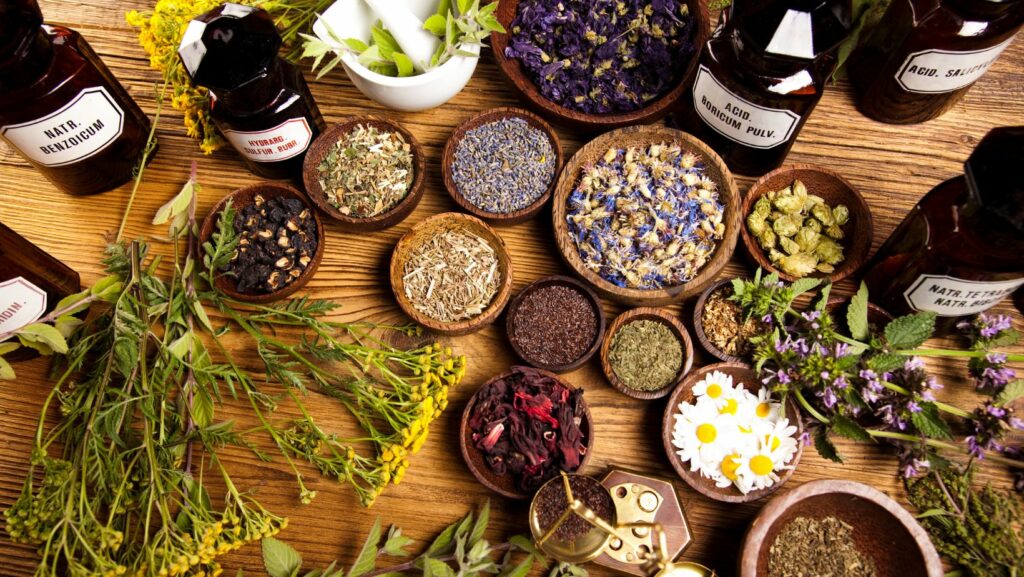Natural Remedies East
Focused on treating the root cause of ailments rather than merely addressing symptoms, Eastern natural remedies offer a holistic alternative to modern medicine. Here, we delve deeper into these time-tested therapies and their significance.
Contrary to the prevalent Western view of treating isolated symptoms, Eastern healing methods hone in on a holistic approach. Eastern medicine postulates that the body, mind, and spirit are intertwined entities, hinging on the belief that harmony within this triumvirate leads to optimal health. As an example, traditional Chinese medicine incorporates treatments like acupuncture, which aims to harmonize the body’s energy or ‘Qi’, maintaining equilibrium and fostering overall wellbeing.
Practices surrounding natural remedies in the East are, without doubt, comprehensive. They encompass diverse techniques, such as using healing herbs, like those found in Ayurveda, performing yoga or Qi Gong exercises, and maintaining dietary regulation. For instance, Ayurveda, an ancient Indian practice, relies on diverse herbal plants like tulsi (holy basil), ashwagandha, and turmeric as healing agents. It’s a testament to the East’s vast arsenal of healing strategies, highlighting the region’s strident belief in nature’s curative properties.

Popular Natural Remedies in the East
Eastern natural remedies have amassed significant popularity due to their holistic healing methods. This section dives deep into popular remedies from Chinese and Ayurvedic medical practices.
Chinese herbal medicine remains widely recognized for its efficacious treatments based on ancient knowledge systems. A few of the frequently-utilized herbs under this methodology include:
- Ginseng Panax (Ren Shen): It plays an instrumental role in boosting vitality, improving mental concentration and acts as a protective agent against certain types of stress.
- Astragalus (Huang Qi): This potent herb comes into use for invigorating the immune system, enhancing stamina, and promoting wound healing.
- Dong Quai (Dang Gui): Often incorporated in formulas targeted at women, Dong Quai serves to regulate menstruation and alleviate menstrual pain.
Each of these herbs serves a unique purpose, contributing to the broader perspective of balance and harmony embraced by Chinese herbal medicine.
Ayurvedic medicine, a time-honored practice from India, employs numerous herbs in therapeutic treatments. Briefly discussed below are three common Ayurvedic herbal treatments:
- Turmeric (Curcuma Longa): It’s renowned for its anti-inflammatory properties and its ability to aid in digesting proteins. Ayurvedic treatments also utilize turmeric for its skin benefitting properties.
- Amla (Indian Gooseberry): Amla supports the immune system, detoxification of the body, and promotes gut health. Additionally, it’s a natural source of vitamin C and antioxidants.
- Ashwagandha (Withania Somnifera): This herb, also known as winter cherry, offers benefits such as stress reduction, combating fatigue, and improving sleep.
These Ayurvedic treatments are rooted in individual doshas, indicating their relevance beyond merely curative measures, also extending into preventive and overall health enhancement areas.

The Global Impact and Adoption of Natural Remedies East
Eastern natural remedies pervade modern healthcare worldwide, bringing ancient wisdom to contemporary practices. Tight regulations, however, mold this influence and adoption in distinct ways in the East and West.
Eastern natural remedies exert a strong hold on modern healthcare, shaping its landscape dramatically. Fundamentally, they introduce the concept of holistic healthcare, a health approach observing overall bodily balance and incorporating overall wellness in the treatment strategy. Conventional treatments, for instance, now widely adopt acupuncture, a technique rooting in traditional Chinese medicine, to manage pain and promote relaxation. Yoga, a mindfulness practice originating in ancient India, also garners international attention as a popular approach to enhancing physical flexibility and mental vigor.
Different regulations prevail in the East and West, markedly shaping the adoption of Eastern natural remedies. In the East, the local governments generally recognize these remedies, given their deep roots in the regional culture and history. China, for example, integrates traditional Chinese medicine into its national healthcare system, promoting its practice through law. In contrast, the West often views these remedies as complementary or alternative medicine. Although they provide allowances for these remedies, they impose stringent regulations. The Food and Drug Administration (FDA) in the United States heavily regulates herbal medicines, requiring substantial evidence of safety and efficacy before allowing market access. Despite these variations, global efforts continue to align regulatory standards, acknowledging the growing influence and adoption of Eastern natural remedies in modern healthcare.

